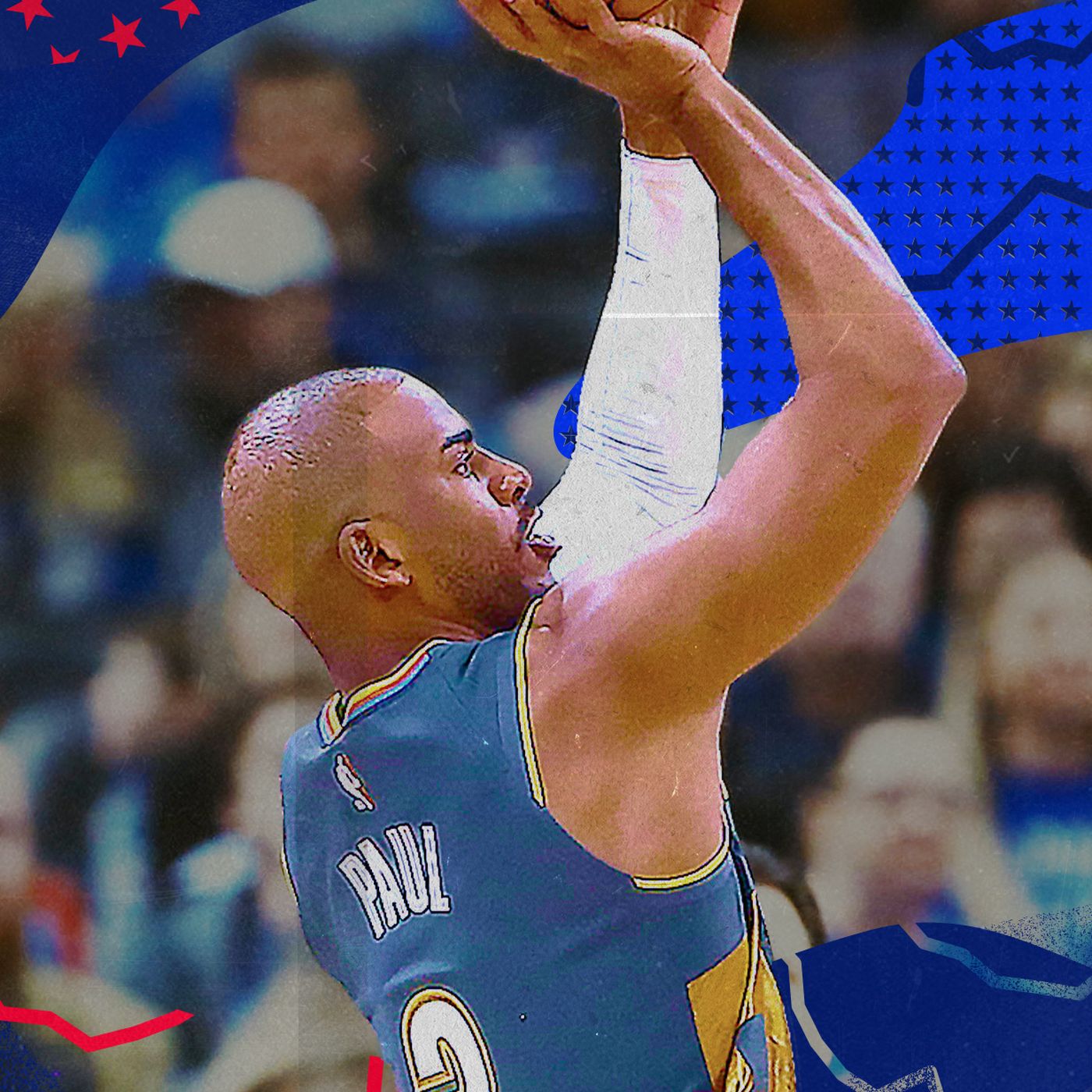Chris Paul is a basketball genius. He leverages every edge, and uses every angle to do it. He sees the entire floor in his sleep and knows each possible defensive reaction. He doesn’t just see and exploit potential openings before anyone else. He sees and exploits the potential openings before the potential openings. As Oklahoma City Thunder fans have learned this season, crunch time is just another simple film session put into action.
Paul is also a bit of a control freak. His teams tend to be robotic rather than instinctive, and his exacting chase for perfection can get on teammates’ nerves. The aging process tends to accelerate these tendencies, not limit them.
That likelihood, combined with the NBA’s ongoing speed and positional revolutions, did make Paul seem like a bit of a relic by the end of last season. Could he actually generate easy transition looks during the game’s run of play, yet still be Chris Paul while doing it?
The answer has been an emphatic yes, in his own unique way.
In a macro sense, the Thunder have massively overachieved in quintessential Paul fashion. They have a stifling defense and a methodical, efficient pick-and-roll heavy offense that shines in crunch time. They exploit every little edge and target mismatches. Nobody would call Paul a speed demon, and nobody would call the Thunder a fast-break team.
Yet Paul has also found a way to be a version of Calculating Genius Chris Paul in the open floor in addition to his usual self when the game slows down. How? By stalking opposing big men that are running back and essentially hiding behind them to create random early-offense sequences.
Sounds odd and counterintuitive, but it’s quintessential Paul. Notice how he chases DeAndre Ayton down before emerging with a wide open top-of-the-key three.
Or the way he veers towards Nikola Jokic and runs up his back before letting Jokic run past him. Or the way he uses Nerlens Noel to pursue and then stand in front of a retreating Zion Williamson.
Stalking the opposing big man has been a Paul specialty all season, whether off misses, makes, or turnovers. It may not be the conventional way to push the ball, but it creates the same kind of odd-man secondary breaks that a more direct attacker like Westbrook produces. It confuses retreating defenses and scrambles matchups, because opponents aren’t sure if the big man should pick up Paul or have him retreat to the rim so a smaller player can. That moment of indecision is all Paul needs to create an open shot for himself or a teammate.
The beauty of Paul’s ingenious transition maneuver is that it’s equally effective whether he uses a teammate’s screen or not. He can deputize Steven Adams or Noel to hunt down their own men and instead sneak behind them to take advantage.
Or, he can play peek-a-boo himself, effectively using the opposing big man as his own lead blocker. If Hassan Whiteside was wearing an Oklahoma City uniform, you’d credit him for setting a great drag screen on Damian Lillard to free Paul’s pull-up.
And you’d applaud Daniel Theis for flipping a screen on his Celtics teammate to facilitate Paul’s hard drive the other way.
Proper distance is key to making this work. Paul has to dribble close enough to the retreating big man to make them feel threatened, but not so close that they automatically switch onto him. Like a great distance runner, he stays within striking distance of the pack before making the decisive move that’ll give him the space he needs.Usually, that decisive move is no move at all. Paul loves to stop and pull up as his opponent continues running, especially from three-point range. He also loves to fake like he’s driving or shooting to draw another defender to him, creating a lane to pass to an open shooter.
Best of all, this maneuver transitions easily into a more traditional pick-and-roll or isolation if it doesn’t immediately yield pay dirt. If the defense catches on and matches up appropriately, Paul simply waits for his big man to come for an actual drag screen that could free him. If the big man instead switches onto Paul, they’re stuck on a one-on-one island against a brilliant conductor. Fast breaks flow into secondary breaks, which then flow into the in-rhythm half-court sets that Paul has dominated for his entire career. He’s pushing the ball methodically, not recklessly. He’s still in control even as the game itself looks chaotic.
Stalking the opposing big man in transition is one major way Paul has threaded the needle between his surgical self and his need to adapt to modern times. He’s taking nearly 40 percent of his shots (5.1 per game) in the first nine seconds of the shot clock, his highest mark since the heyday of Lob City in 2013-14. By contract, only 24 percent of his field goals came in the first nine seconds of the shot clock last year.Paul’s ingenious transition play is a key reason he’s experiencing a delightful renaissance with the Thunder. When the Rockets traded Paul last summer, the basketball logic was that they needed Russell Westbrook’s quick-strike ability more than Paul’s half-court precision. Broadly, they were probably right, though the price to make that swap happen was prohibitive.
Still, Paul’s success this year shows there’s more than one way to skin the transition cat. You can attack directly like Westbrook, or you can play hide-and-seek behind opposing bigs while weaving through traffic like Paul. Turns out even control freaks like Paul can find unique ways to push the pace in today’s quick-strike NBA.


